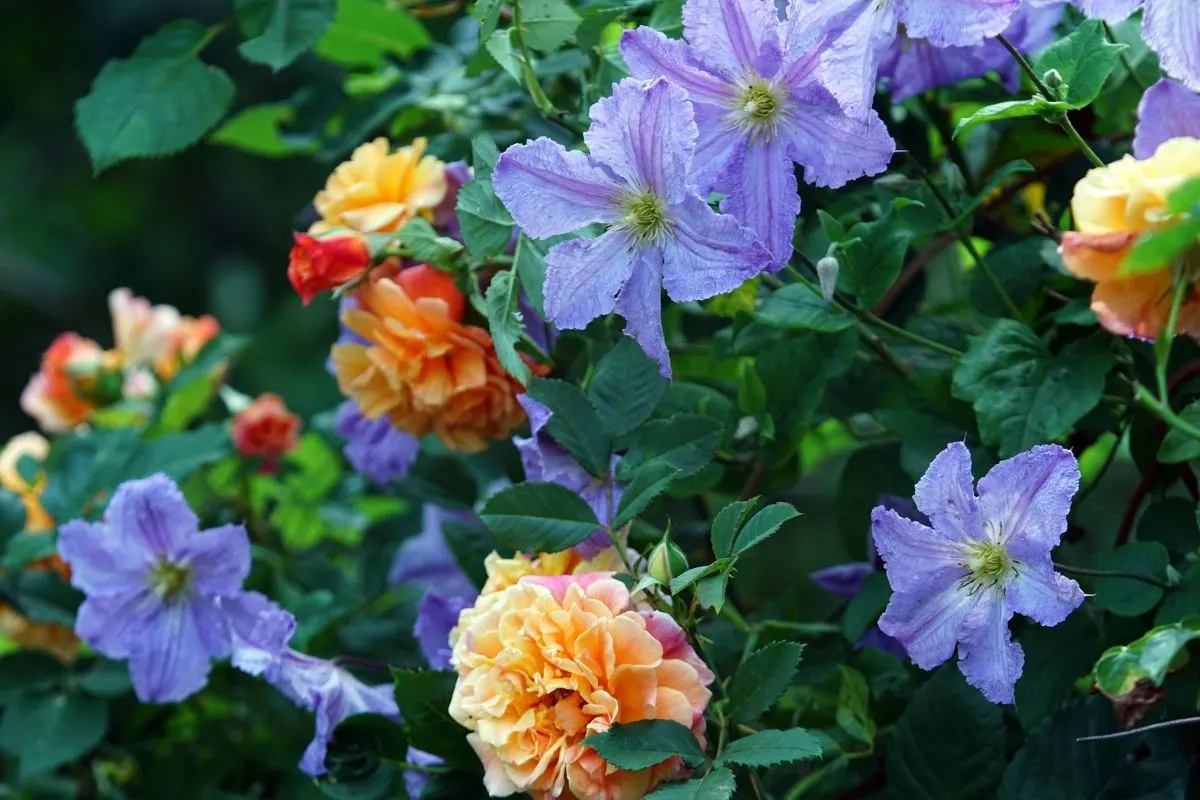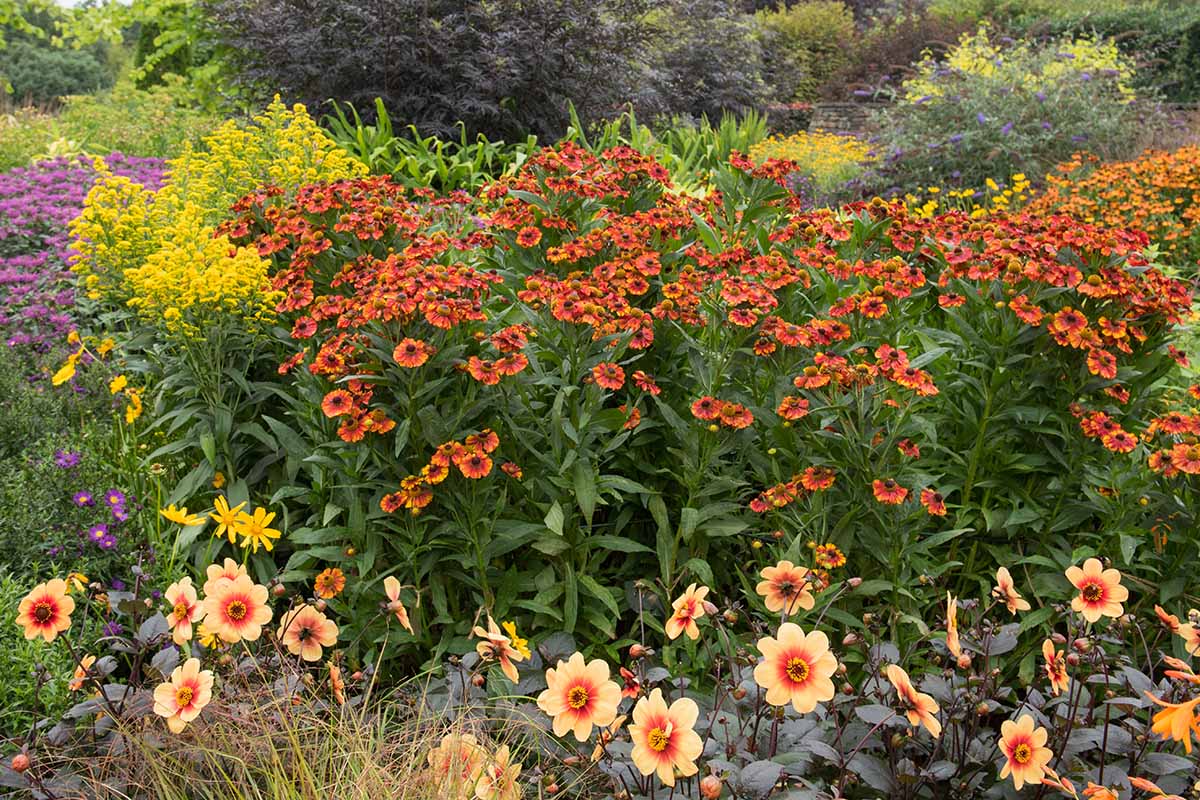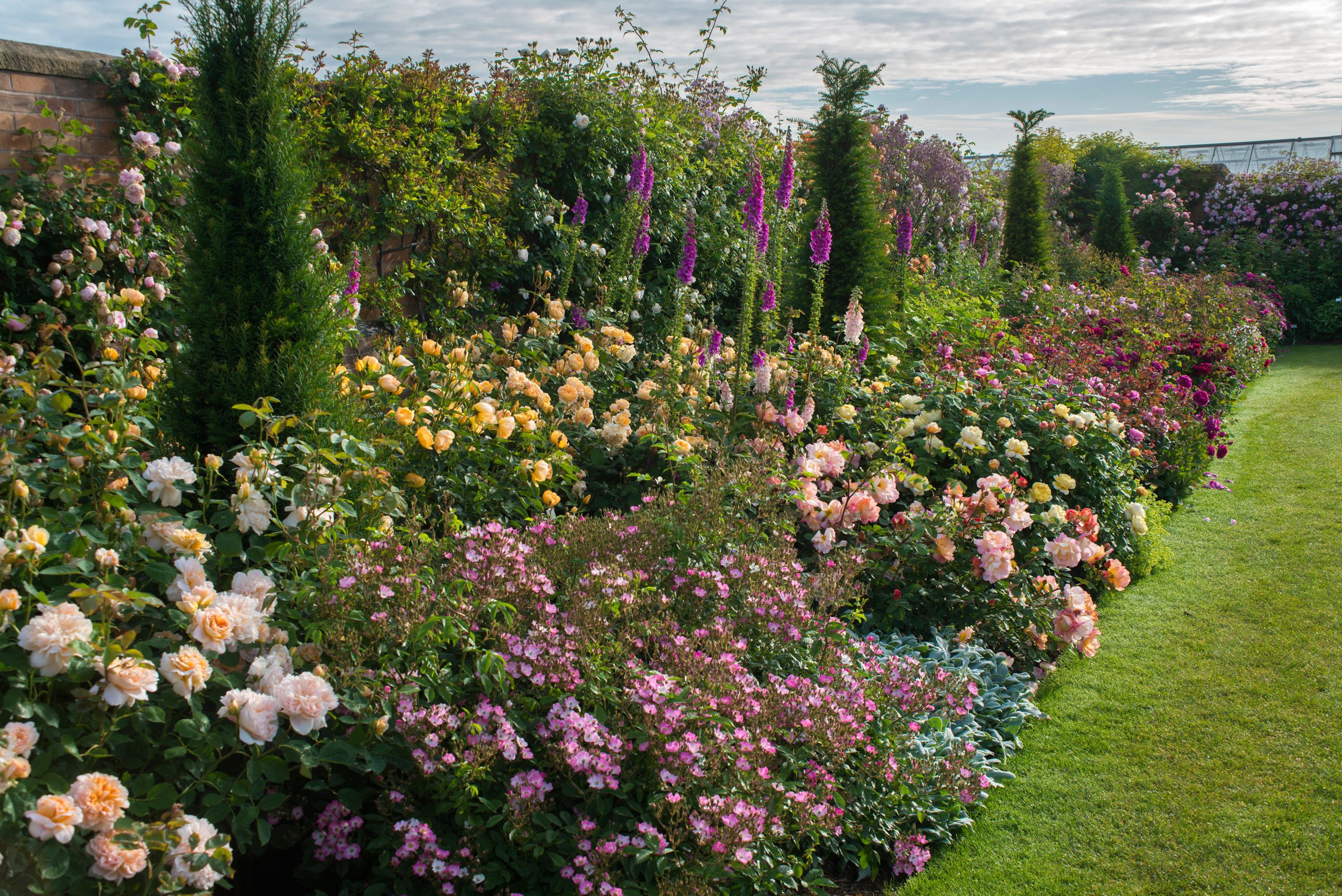Best Companion Plants For Drift Roses
Best Companion Plants for Drift Roses
Drift roses are a type of rose that is known for its low-maintenance and spreading growth habit. They are perfect for adding a touch of beauty and color to any garden, and they can be grown in a variety of conditions. However, like all roses, drift roses can benefit from having companion plants nearby. Companion plants can help to deter pests and diseases, attract pollinators, and add visual interest to your garden.
In this blog post, we will discuss some of the best companion plants for drift roses. We will also provide some tips on how to choose the right companion plants for your specific needs.
Why Use Companion Plants?
There are many reasons why you might want to use companion plants in your garden. Some of the most common reasons include:
- To deter pests and diseases. Many companion plants have natural pest-repelling properties. For example, marigolds are known to repel nematodes, which can damage the roots of roses.
- To attract pollinators. Roses are a favorite flower of pollinators such as bees and butterflies. By planting companion plants that also attract pollinators, you can help to ensure that your roses are well-pollinated and produce more blooms.
- To add visual interest. Companion plants can add visual interest to your garden by providing contrast in color, texture, or height. They can also help to fill in spaces between roses and create a more cohesive look.
Choosing Companion Plants
When choosing companion plants for drift roses, there are a few things you need to keep in mind. First, you need to consider the size and growth habit of the companion plant. You want to choose plants that will not outgrow the drift roses or crowd them out. Second, you need to consider the sun and soil requirements of the companion plant. Drift roses need full sun and well-drained soil, so you want to choose companion plants that have similar requirements.
Finally, you need to consider the overall look you are trying to achieve in your garden. Do you want a formal or informal look? Do you want a lot of color or a more muted palette? Once you have considered all of these factors, you can start to narrow down your choices.
Here are some of the best companion plants for drift roses:
- Marigolds: Marigolds are a classic companion plant for roses. They help to deter nematodes, aphids, and other pests. They also add a pop of color to your garden.

- Lavender: Lavender is another great companion plant for roses. It has a strong scent that helps to deter pests. It also attracts pollinators such as bees and butterflies.

- Yarrow: Yarrow is a low-maintenance plant that adds a touch of elegance to your garden. It helps to deter pests and diseases, and it also attracts pollinators.

- Catmint: Catmint is a drought-tolerant plant that adds a touch of blue to your garden. It helps to attract pollinators and deters pests.

- Coneflower: Coneflower is a tall, showy plant that adds a touch of drama to your garden. It helps to attract pollinators and deters pests.
- Salvia: Salvia is a colorful and drought-tolerant plant that adds a touch of interest to your garden. It helps to attract pollinators and deters pests.
- Aster: Asters are a late-season bloomer that adds a touch of color to your garden in the fall. They help to attract pollinators and deters pests.

- Echinacea: Echinacea is a hardy plant that adds a touch of purple to your garden. It helps to attract pollinators and deters pests.

Conclusion
Drift roses are a beautiful and low-maintenance addition to any garden. By planting companion plants nearby, you can help to deter pests and diseases, attract pollinators, and add visual interest to your garden.
When choosing companion plants, be sure to consider the size and growth habit of the plant, as well as its sun and soil requirements. You should also consider the overall look you are trying to achieve in your garden.
With a little planning, you can create a beautiful and inviting garden that is home to both roses and their companion plants.
Drift roses are a beautiful addition to any garden, but they can be even more stunning when planted with the right companion plants. Some good choices include:
- Osteospermum Lavender Mist: This daisy-like flower blooms in shades of lavender and purple, and it will help to add some height and interest to your drift rose bed. Gardenia Inspiration
- Dianthus Firewitch: This dianthus variety has bright red flowers that will contrast beautifully with the delicate blooms of your drift roses. Gardenia Inspiration
- Russian sage: This tall, upright plant has blue-green foliage and spikes of purple flowers that will add some structure to your garden. Gardenia Inspiration
- False indigo: This perennial has blue flowers that bloom in the summer and fall, and it will help to attract butterflies and other pollinators to your garden. Gardenia Inspiration
Of course, there are many other companion plants that would work well with drift roses. The most important thing is to choose plants that have similar growing conditions and that will complement the colors and textures of your drift roses.
To learn more about companion plants for drift roses, visit Gardenia Inspiration. This website has a wealth of information on the subject, including plant profiles, growing tips, and even a companion plant calculator that can help you choose the perfect plants for your garden.
FAQ of companion plants for drift roses
Q: What are some good companion plants for drift roses?
A: There are many good companion plants for drift roses, but some of the most popular include:
- Marigolds: Marigolds are a natural pest repellent and can help to deter aphids, spider mites, and other insects that can damage roses. They also add a splash of color to your rose garden.
- Alliums: Alliums, such as garlic and chives, can help to repel pests and diseases from roses. They also have a strong scent that can help to mask the scent of roses, which can attract pests.
- Geraniums: Geraniums are another good choice for companion plants for roses. They are drought-tolerant and can help to improve the drainage around roses. They also add a touch of color to your rose garden.
- Lavender: Lavender is a beautiful and fragrant plant that can help to deter pests from roses. It also attracts pollinators, which can help to pollinate your roses and produce more flowers.
- Yarrow: Yarrow is a hardy plant that can help to improve the drainage around roses. It also has a strong scent that can help to mask the scent of roses, which can attract pests.
Q: What should I avoid planting near drift roses?
A: There are a few plants that you should avoid planting near drift roses, including:
- Hostas: Hostas can attract aphids, which can damage roses.
- Beans: Beans can compete with roses for nutrients and water.
- Brassicas (such as broccoli, cabbage, and cauliflower): Brassicas can attract pests such as cabbageworms and flea beetles, which can damage roses.
- Potatoes: Potatoes can attract the Colorado potato beetle, which can also damage roses.
- Tomatoes: Tomatoes can attract the tomato hornworm, which can damage roses.
Q: How far apart should I plant drift roses and their companion plants?
A: The spacing between drift roses and their companion plants will depend on the size of the plants. In general, you should space drift roses about 18 inches apart and their companion plants about 12 inches apart.
Q: How do I care for companion plants for drift roses?
A: The care requirements for companion plants for drift roses will vary depending on the type of plant. However, in general, you should water companion plants regularly, fertilize them as needed, and remove dead or diseased leaves.
Q: When should I plant companion plants for drift roses?
A: You can plant companion plants for drift roses in the spring or fall. If you are planting in the spring, wait until the last frost has passed. If you are planting in the fall, plant before the first frost.
Image of companion plants for drift roses
5 different images of companion plants for drift roses from Pinterest:
- Lavender is a popular companion plant for roses because it helps to deter pests and diseases. It also has a lovely fragrance that can help to mask the scent of roses, which some people find overpowering.

- Sweet alyssum is another good choice for a companion plant for roses. It is a low-growing plant that helps to suppress weeds and provide ground cover. It also blooms for a long period of time, which helps to extend the flowering season of the roses.

- Geraniums are a colorful and hardy plant that can add a pop of color to a rose garden. They also help to attract pollinators, which can help to improve the pollination of the roses.

- Pansies are a cool-season annual that can bloom from fall to spring. They come in a variety of colors and are a good choice for companion planting with roses because they can help to fill in any gaps in the flower bed.

- Hostas are a shade-loving perennial that can add a touch of elegance to a rose garden. They are also deer-resistant, which can be a plus if you have deer in your area.

Post a Comment for " Best Companion Plants For Drift Roses"